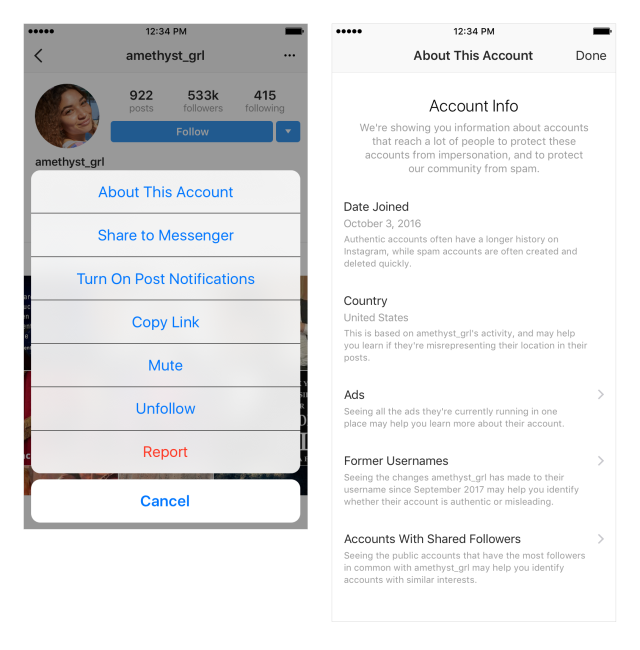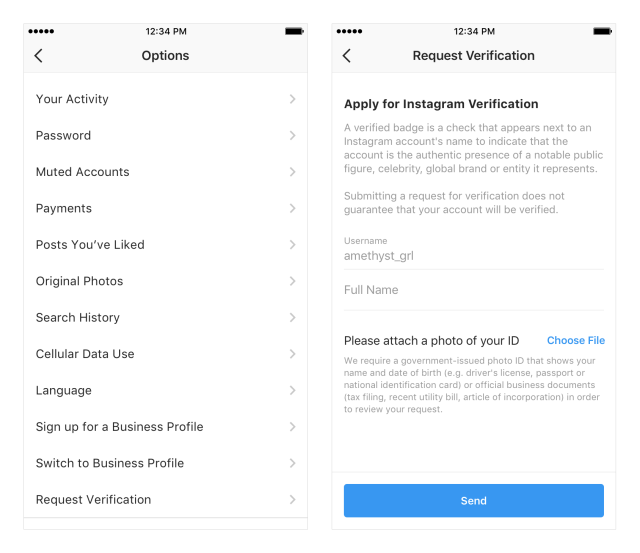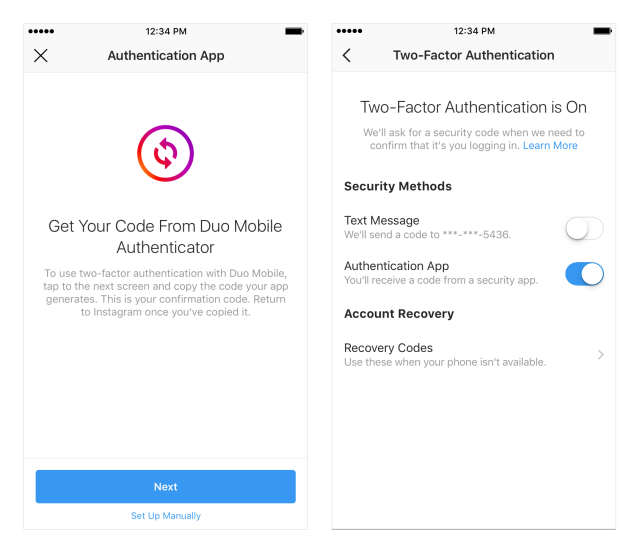4 Benefits of a World with Less Privacy
I recently joined the Delete Facebook movement, but not because I thought removing my account would restore my online privacy.
I was ready to move on.
The truth is, the Internet knows the same about me today as it did when I was a member of the world’s largest social network. Whether or not I deleted my account is irrelevant to the state of my online privacy. There will still be a “Reg Harnish” shadow profile on the platform with thousands of pages of data. My profile will continue to grow as long as my friends and family continue to post photos and information about me — and as long as Facebook follows its practice of monitoring user behavior across the Internet via partner sites and ads.
My digital footprint isn’t going anywhere. That is, unless I decide to drop off the grid for the rest of my life; but, even then, my information still would be available, just buried beneath a sea of data.
The privacy issue is a problem for a lot of people. I see it differently. In fact, I believe society could benefit from a little less privacy. I’m certainly not advocating for the death of privacy. I tend to side with those who argue that privacy is an intrinsic value that shouldn’t be treated as a dispensable commodity. It is essential for self-development and, without some level of privacy, we would all lose our individuality and conform to one another.
With that said, here are three benefits of a world with less privacy:
Convenience: For the past 3,000 years, cultures commonly prioritized convenience and wealth over privacy. Internal walls in homes didn’t exist until 1500 A.D., with the development of the brick chimney, which needed support beams that ultimately segmented the home’s interior space. Before the 1700s, most homes had only one bed because they were too expensive to build.
Even today, just about every American has already unwittingly opted out of privacy for the convenience of surfing the web, monitoring their physical activity with fitness trackers, or receiving digital discounts at the grocery store, among many other online activities.
By devoting so much of our time online or opting in to terms and conditions, we have allowed third-parties not only to create digital copies of ourselves but also to predict our behaviors before we, ourselves, even know how we will behave. Taken to the next level, we could experience a new degree of convenience that rivals some of the best sci-fi films ever created. Already we are experiencing a degree of high-tech convenience that our forefathers could scarcely have imagined. Plus, with the recent push toward artificial intelligence and machine learning, computers may learn to guide us toward better decisions for our health, relationships, and lifestyles.
Reduced cybercrime: The simple fact that we place value on our privacy makes it worth stealing. For instance, Social Security numbers (SSNs) were never meant to be more than a way for tracking the earnings histories of workers in the US. Nowadays, you can’t do anything without providing that number for verification. What was once a worthless nine-digit number now can be used to open a bank account in someone else’s name, receive their benefits, and ultimately steal their identity.
The minute we stop using our SSNs as a form of ID, criminals would no longer be interested in stealing that information because it would be worthless. The same goes for all information. Of course, some degree of privacy is essential for maintaining national security and financial stability. But that doesn’t mean we should be assigning false value to outdated forms of identification. Just like our SSNs, if other information such as corporate databases, National Security Agency (NSA) records, and the security cameras that monitor our city streets were made public, criminals would be less likely to steal it because that information would be worthless on the market.
Live longer: Tailored advertisements and discounts showing up on your social feeds are just a couple of the many benefits of sharing personal information. Pulling back the curtain of privacy could save lives, too. Right now, our medical data is protected by the Health Insurance Portability and Accountability Act (HIPAA), but many people don’t realize that their health data could be the missing link preventing the next big breakthrough in medicine. If we shared our medical data freely, imagine the amount of data that medical providers, entrepreneurs, and companies could harness in the name of research. New medical treatments and cures would be discovered, perhaps, at unprecedented rates, not only saving lives but allowing humans to live longer.
Take the deadly drug Vioxx, for example. Researchers reported in a 2013 Iowa Law Review article that if patients who took the deadly drug had shared their health information publicly, statistics could have detected the side effects much earlier, possibly saving as many as 25,000 lives.
Transparency: Most people don’t think about how often their image is captured on a given day. For instance, the average American is photographed roughly 15 times during their drive to the supermarket. On that same trip, they’ll typically appear on about 90 seconds of video without ever knowing about it. The calls and texts they made on the way will also be monitored. The metadata will be sent instantly to databases around the globe and into the cloud, where it will be immediately, most likely, available to a select few. Our smartphones are broadcasting our exact locations at every moment, possibly sending the information to governments around the world, certainly to the NSA and to many others of which we are not aware.
But why should that information be limited to only a few? If we stopped demonizing the sharing of data, perhaps our information might be treated more democratically, as it was in simpler times when transparency was a common thread among villages and towns. Community members shared everything with each other. Everyone knew everything about you. Your favorite color and food. What made you laugh. Your kids’ names. Now we guard that information because we are so afraid someone is going to use it against us.
Having large sums of data and metadata in the hands of only a few, allowing them to dictate the flow of information, could set the stage for societal peril. Once information flows freely, governments will be forced to follow suit with transparency.
Privacy as we know it will never return to pre-Internet times. Instead of looking backward, let’s look forward and embrace a world where less privacy may be a good thing.
Related Content:
- 7 Places Where Privacy and Security Collide
- Data Privacy Careers Are Helping to Close the IT Gender Gap
- Fileless Attacks Jump 94% in First Half of 2018
- WhatsApp: Mobile Phishing’s Newest Attack Target

Black Hat Europe returns to London Dec 3-6 2018 with hands-on technical Trainings, cutting-edge Briefings, Arsenal open-source tool demonstrations, top-tier security solutions and service providers in the Business Hall. Click for information on the conference and to register.
Reg Harnish is an entrepreneur, speaker, author and CEO of GreyCastle Security, a leading cybersecurity firm headquartered in Troy, New York.
With two decades of experience practicing cybersecurity, Reg brings a thought-provoking perspective to the industry which has earned … View Full Bio
Article source: https://www.darkreading.com/endpoint/4-benefits-of-a-world-with-less-privacy/a/d-id/1332690?_mc=rss_x_drr_edt_aud_dr_x_x-rss-simple





